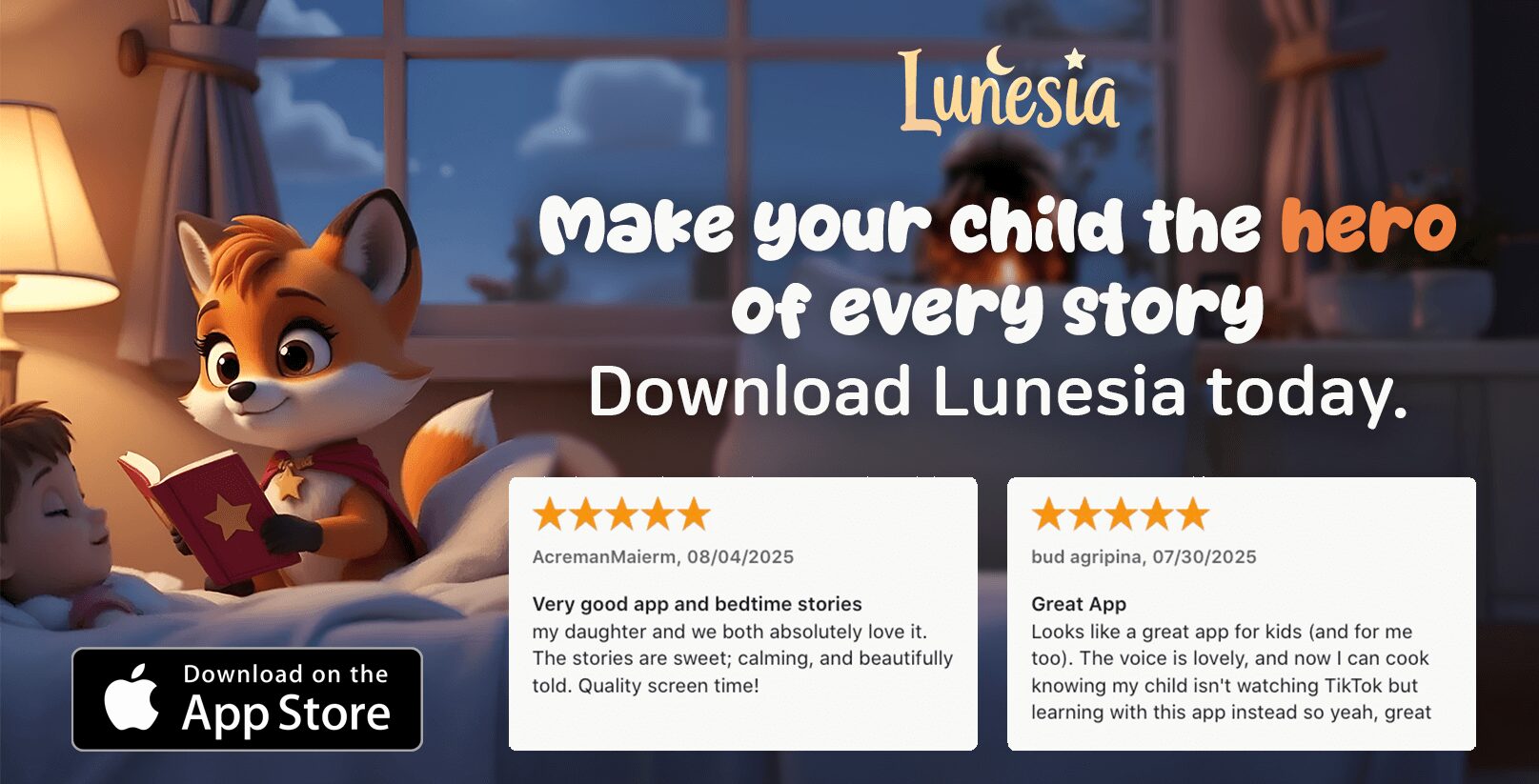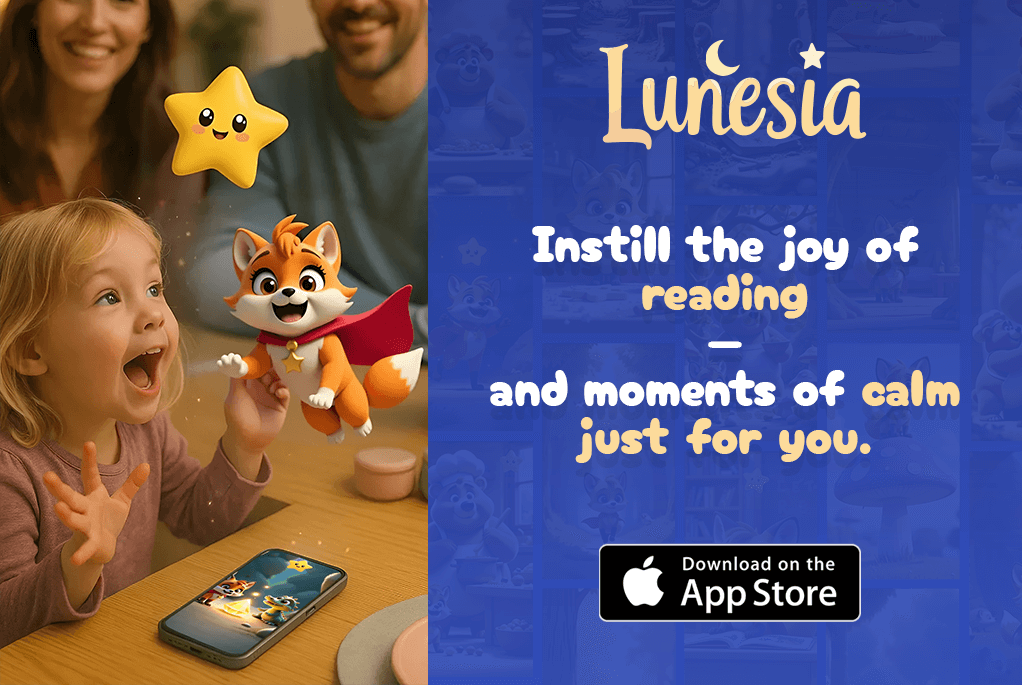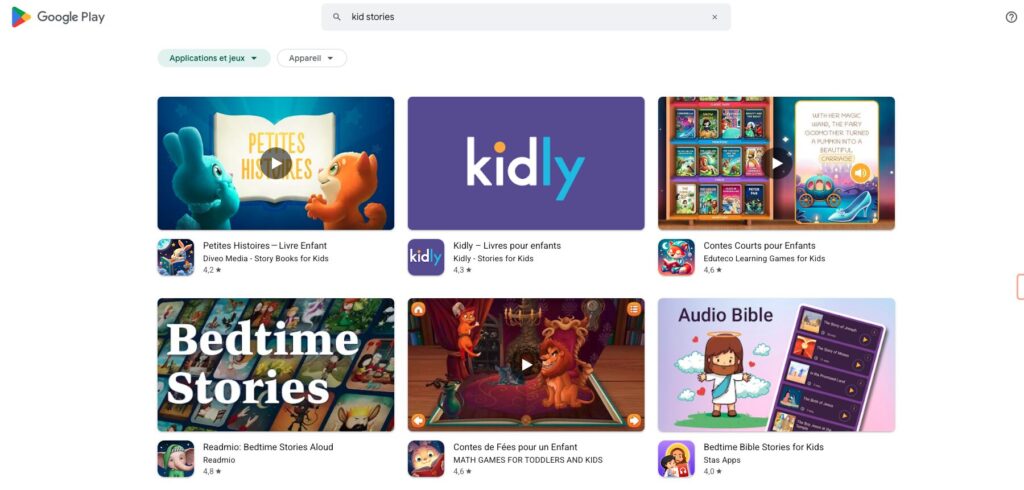I remember the first time my child burst into tears over a spilled cup of milk. As a parent, I wanted to help but didn’t know how. That moment changed everything for me.

Through research and experience, I discovered something powerful: stories teach what lectures can’t. They help children name, process, and manage emotions in ways that stick.
The famous Phineas Gage case shows our brains are wired for emotional learning. When we share tales of characters facing challenges, kids’ mirror neurons light up. This creates real understanding.
Tonight, you can start this journey during bedtime. Simple techniques make storytime a tool for growth. Together, we’ll explore methods used for generations – now backed by science.
Why Emotional Intelligence Matters for Children
The way children handle their feelings today shapes the adults they’ll become tomorrow. Early emotional skills are not just about managing tantrums or sharing toys. They lay the foundation for lifelong success and happiness.
The Lifelong Impact of Early Emotional Skills
Research shows that emotional skills developed in childhood influence adult outcomes. Travis Bradberry’s study reveals that EQ accounts for 58% of job success across industries. People with strong emotional skills earn $29k more annually on average.
The Phineas Gage case is a powerful example. After a brain injury, Gage lost his ability to regulate emotions. This led to job loss and strained relationships. His story highlights the critical role of emotional regulation in workplace functioning.
How EQ Complements IQ in Child Development
While schools focus on IQ, emotional intelligence often gets overlooked. Yet, EQ and IQ work together to shape a child’s future. Emotional skills help children navigate social situations, build relationships, and handle stress.
During the pandemic, children faced unprecedented challenges. Those with strong emotional resilience adapted better. This underscores the need for EQ training alongside academic learning.
| Aspect | IQ | EQ |
|---|---|---|
| Focus | Academic skills | Emotional awareness |
| Impact | Job qualifications | Job success |
| Earnings | Moderate | $29k higher |
By nurturing emotional intelligence, we equip children with tools for a fulfilling life. It’s not just about academic achievements but also about building resilience, empathy, and strong relationships.
The Power of Stories for Emotional Intelligence
One evening, as I read a fairy tale to my child, I noticed how intently they watched the characters’ expressions. It was a moment of realization—stories aren’t just entertainment; they’re tools for understanding feelings. This connection between narratives and emotional growth is rooted in science.

Why Narratives Resonate with Young Minds
Children are naturally drawn to stories because they mirror real-life experiences. When a character faces a challenge, kids see themselves in that situation. This helps them process emotions in a safe, controlled way. For example, tales like The Three Little Pigs teach anxiety management through the pigs’ journey.
Research shows that stories activate the mirror neuron system. These brain cells fire both when we perform an action and when we observe someone else doing it. It’s like a mental gym for emotional practice. As Travis Bradberry explains, the limbic system processes emotions before rational thought kicks in.
Mirror Neurons and Emotional Learning
Mirror neurons play a key role in how children learn from stories. When kids read about a character’s joy or sadness, their brains simulate those feelings. This creates a deeper understanding of emotions. Picture books, with their expressive character eyes, are especially effective in helping children recognize and name feelings.
This concept of “emotional time travel” allows kids to explore complex feelings in a safe space. Stories become a bridge between their inner world and the outside one. As studies show, engaging with diverse characters builds empathy and cultural awareness.
| Aspect | Impact |
|---|---|
| Mirror Neurons | Simulate emotions during storytelling |
| Picture Books | Help recognize emotions through character eyes |
| Classic Tales | Teach emotional resilience and problem-solving |
By incorporating stories into daily routines, we give children the tools to navigate their feelings. It’s not just about reading—it’s about building a foundation for lifelong emotional intelligence.
Key Emotions to Explore Through Stories
When my son first stomped his feet in frustration, I realized he didn’t have the words to express his anger. That moment taught me how stories can help children name and understand their feelings. From joy to fear, narratives provide a safe space to explore emotions.
Identifying Core Feelings
Children experience basic emotions like anger, joy, sadness, and fear early on. These feelings are tied to survival instincts. For example, fear keeps them safe, while joy encourages positive experiences.
Stories help kids recognize these emotions. A tale about a character overcoming fear can teach bravery. Similarly, a joyful ending can reinforce happiness. This builds emotional intelligence naturally.
Complex Emotions for Older Kids
As children grow, they face more nuanced feelings like jealousy and empathy. These emotions are harder to explain but equally important. Jagriti Vyas’s blind horse story is a great example. It teaches empathy by showing how characters care for others despite challenges.
Bradberry’s emotional signaling model explains how the limbic system processes emotions before the frontal cortex. This means kids feel first, then think. Stories help bridge this gap by providing context for complex emotions.
- Break down emotional hierarchy: From basic survival feels to social emotions.
- Use the “Emotion Wheel” activity with story characters to name feelings.
- Teach digital-age empathy through analog stories.
- Analyze Vyas’s blind horse story as a blueprint for sibling rivalry.
- Provide conflict resolution templates using story problem structures.
By exploring emotions through stories, we equip children with tools to handle real-life situations. It’s not just about solving a problem but building lifelong skills.
Choosing the Right Stories for Different Ages
When my daughter struggled to share her toys at playgroup, I realized the importance of age-appropriate lessons. Not all tales work for every child. Matching narratives to developmental stages can make a big impact on their growth.

Picture Books for Toddlers (Ages 2-5)
Simple, colorful books like Goodnight Moon are perfect for toddlers. These stories use repetition and familiar routines to help young kids feel secure. They also introduce basic feelings like happiness and sadness in a way that’s easy to understand.
For example, when a character in a book feels anxious, toddlers can relate without feeling overwhelmed. This builds early intelligence about emotions.
Chapter Books and Fables (Ages 6-10)
As kids grow, they’re ready for more complex narratives. Fables like The Tortoise and the Hare teach patience and perseverance. Chapter books with relatable characters help them navigate friendships and challenges.
These stories often include moral lessons that align with Bradberry’s research on age-based EQ competencies. They prepare kids for real-life work in managing emotions.
Real-Life Scenarios for Preteens (Ages 11+)
Preteens face peer pressure and identity struggles. Stories that mirror their experiences, like Wonder, help them process complex feelings. These narratives encourage empathy and self-awareness.
Vyas’s examples of professional development show how childhood lessons shape adult skills. By choosing the right tales, we equip preteens to handle things like conflict and stress.
- Match developmental stages with literary genres using a pediatrician-approved guide.
- Reveal hidden EQ gems in popular titles, like using Goodnight Moon for anxiety.
- Connect workplace EQ skills from Vyas’s article to childhood story foundations.
- Provide DIY tips for adapting favorite stories as children mature.
For more ideas, explore these top children’s story apps that cater to different age groups. By choosing the right narratives, we help kids build emotional intelligence that lasts a lifetime.
Interactive Storytelling Techniques
During a rainy afternoon, my child and I turned a simple story into an adventure that sparked meaningful conversations. Interactive storytelling isn’t just about reading—it’s about engaging young minds and helping them explore their feelings in a creative way. By using techniques like questioning, role-playing, and rewriting endings, you can make storytime a powerful tool for growth.
“What would you do?” questioning
Asking “What would you do?” during a story encourages children to think critically and empathize with characters. This technique bridges the gap between the emotional and rational brain, as Bradberry explains. It helps kids process feelings and make decisions in a safe space.
For example, when reading about a character facing a challenge, pause and ask your child how they would handle the situation. This builds emotional intelligence by teaching problem-solving and empathy.
Role-playing favorite characters
Role-playing allows children to step into a character’s shoes and experience their emotions firsthand. It’s a fun way to explore feelings like joy, fear, or frustration. Vyas’s bell metaphor suggests guiding children gently through these experiences, helping them understand and manage their emotions.
Try acting out scenes from a story together. Use props or costumes to make it more engaging. This activity not only boosts creativity but also strengthens intelligence about emotions.
Creating alternative endings together
Rewriting a story’s ending is a powerful way to teach flexibility and resilience. It shows children that there’s more than one way to solve a problem. This technique also encourages creativity and critical thinking.
For instance, after reading a tale, ask your child how they would change the ending. Discuss the consequences of their choices. This activity helps kids understand that their decisions matter and builds confidence in their ability to handle challenges.
- Use the “3D Storytime” method: Discuss, Dramatize, Develop alternatives.
- Create printable emotion charades cards based on storybook characters.
- Adapt Vyas’s bell concept for sibling conflict resolution strategies.
Interactive storytelling isn’t just about entertainment—it’s about building skills that last a lifetime. By engaging your child in these activities, you’re helping them develop emotional intelligence in a fun and meaningful way.
Beyond the Book: Daily Emotional Learning
During a family dinner, my child’s frustration over a broken toy turned into a valuable lesson. It reminded me that emotional intelligence isn’t just taught through stories—it’s built in everyday moments. From grocery store meltdowns to sibling squabbles, these situations are opportunities to guide children in understanding and managing their feelings.
Recognizing Teachable Moments in Daily Life
Everyday life is full of chances to teach emotional intelligence. A tantrum at the store or a disagreement with a friend can become a masterclass in handling emotions. Bradberry’s research shows that these moments help children develop skills like patience and empathy.
For example, when my child felt jealous of a sibling’s new toy, we talked about it openly. This simple conversation helped them understand their feelings and find a positive way to express them.
Modeling Emotional Intelligence as Parents
Children learn by watching us. When we handle stress calmly or express gratitude, we’re teaching them how to manage their own emotions. Vyas’s concept of integrating intelligence into daily routines is a great reminder to lead by example.
During a hectic morning, I took a deep breath instead of reacting angrily. My child noticed and later used the same technique when they felt overwhelmed. This modeling creates a ripple effect of emotional growth.
Building a Feelings Vocabulary
Helping children name their emotions is a crucial step. At dinner, we started an “Emotion Weather Report” where each family member shares how they’re feeling. This simple ritual builds a feelings vocabulary and encourages open communication.
- Use everyday moments to teach emotional skills.
- Model calmness and empathy in stressful situations.
- Create routines that encourage emotional expression.
By integrating these practices into daily life, we equip children with tools to navigate their emotions. It’s not just about solving problems—it’s about building lifelong skills.
Conclusion: Nurturing Emotionally Intelligent Kids
As I watched my child navigate a tough moment at the park, I realized how crucial emotional regulation is for their growth. Phineas Gage’s story reminds us of the impact emotional skills have on life outcomes. When he lost his ability to manage feelings, his relationships and career suffered. This cautionary tale highlights why nurturing these skills early matters.
One parent shared how using these techniques transformed their child’s way of handling frustration. By incorporating storytelling and daily practices, they saw remarkable progress. It’s proof that small steps can lead to big changes.
Ready to take action? Try my 7-day EQ challenge. Each day focuses on a simple activity to build emotional intelligence. From naming feelings to practicing empathy, these steps are designed for busy parents like you.
In my next article, we’ll explore how to develop these skills in the digital age. Stay tuned for practical tips on balancing screen time with emotional growth.
Remember, every parent has the power to raise emotionally intelligent people. Start today, and watch your child thrive.
FAQ
Why is emotional intelligence important for children?
It helps kids understand and manage their feelings, build strong relationships, and handle challenges. These skills last a lifetime and support success in school, work, and personal life.
How do stories help teach emotional skills?
Stories let kids see emotions in action through characters they relate to. This builds empathy and problem-solving skills in a safe, engaging way.
What emotions should we focus on first?
Start with basic feelings like happiness, sadness, and anger. As kids grow, introduce more complex emotions like frustration, pride, or worry.
How can I make story time more interactive?
Ask questions like “How do you think they feel?” or act out scenes together. Let kids suggest different choices characters could make.
What if my child gets upset during emotional stories?
A> This is normal! Pause and talk about what triggered the reaction. Use it as a chance to practice calming techniques and name the feelings together.
How often should we discuss emotions?
Little and often works best. Look for natural moments throughout the day – not just during story time – to talk about feelings.
Can screen time teach emotional skills too?
A> Some shows and apps can help, but real-life conversations matter most. Use media as a starting point for deeper discussions about feelings.



